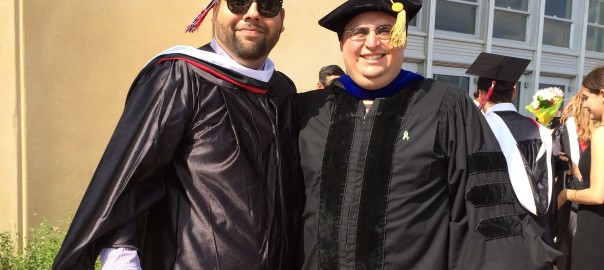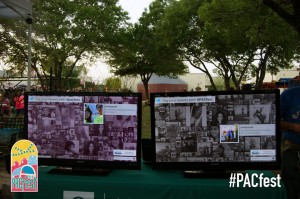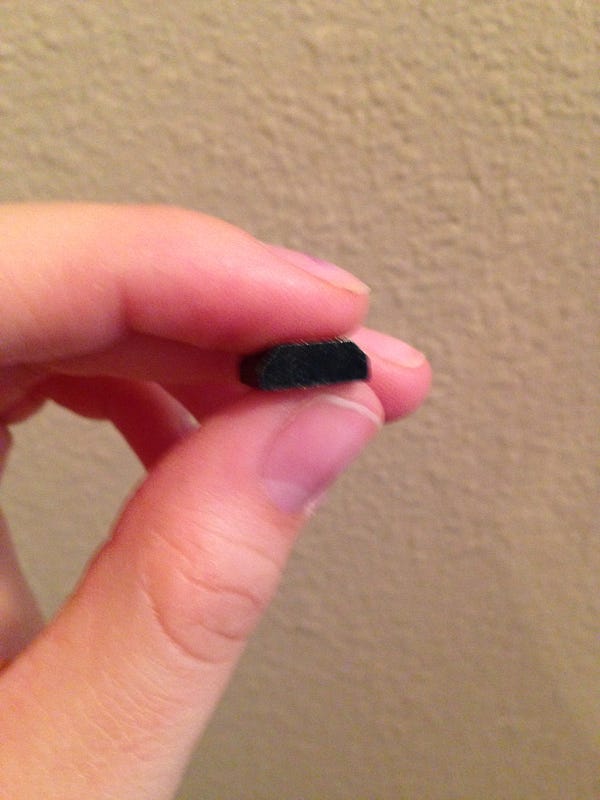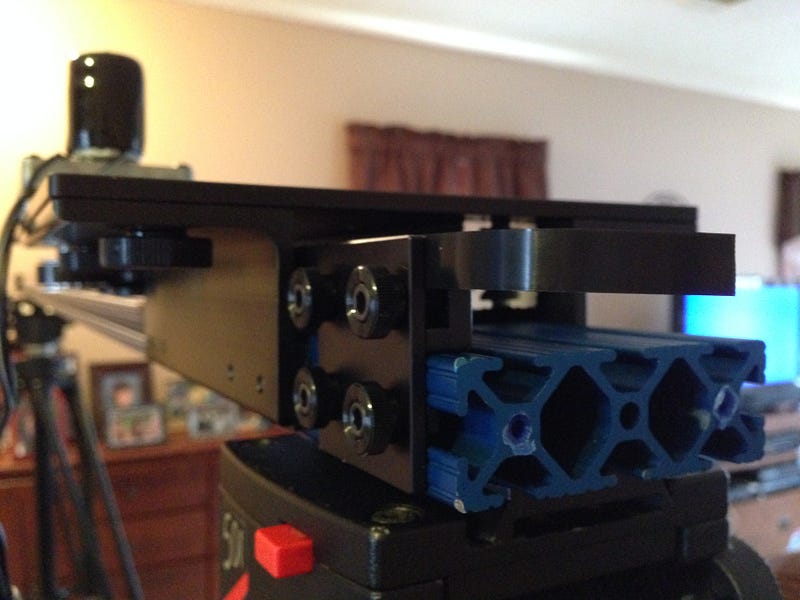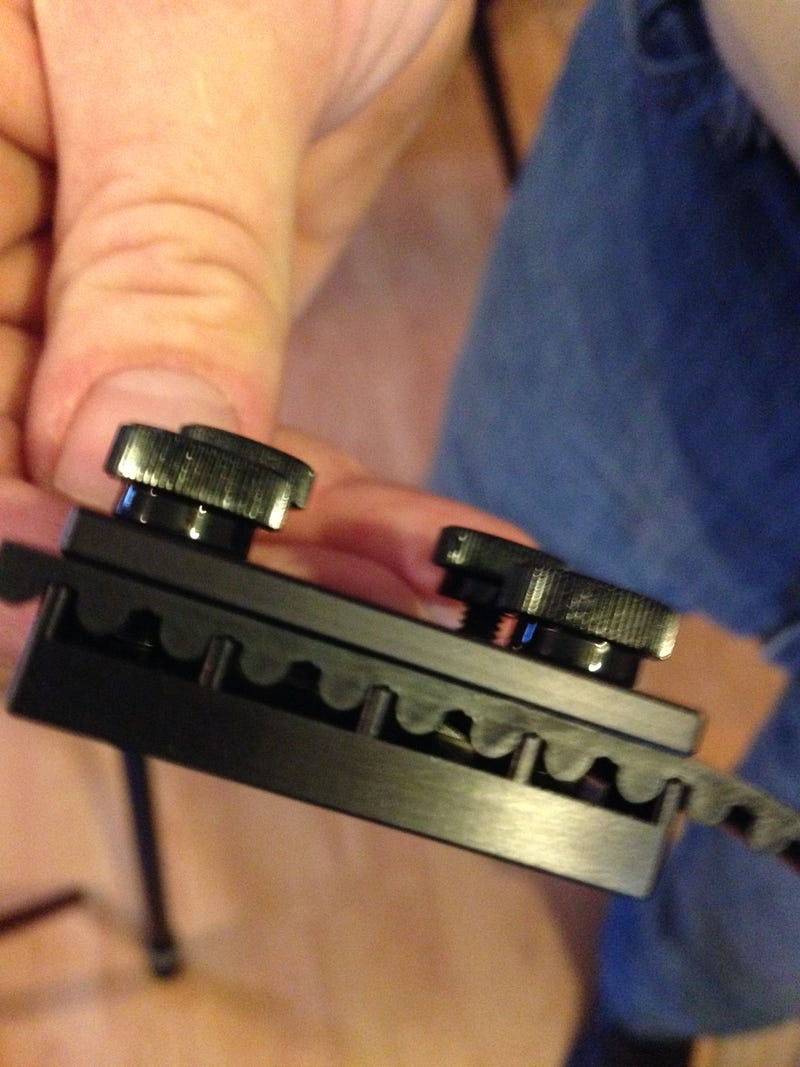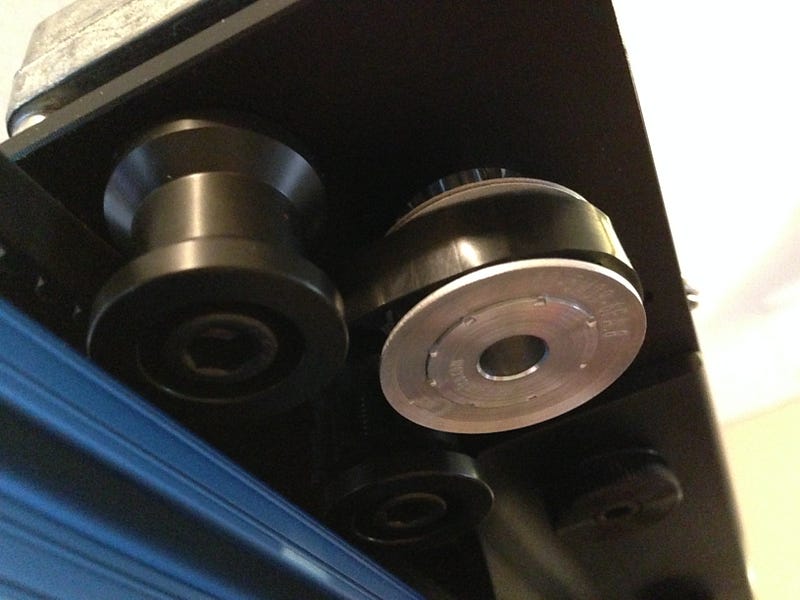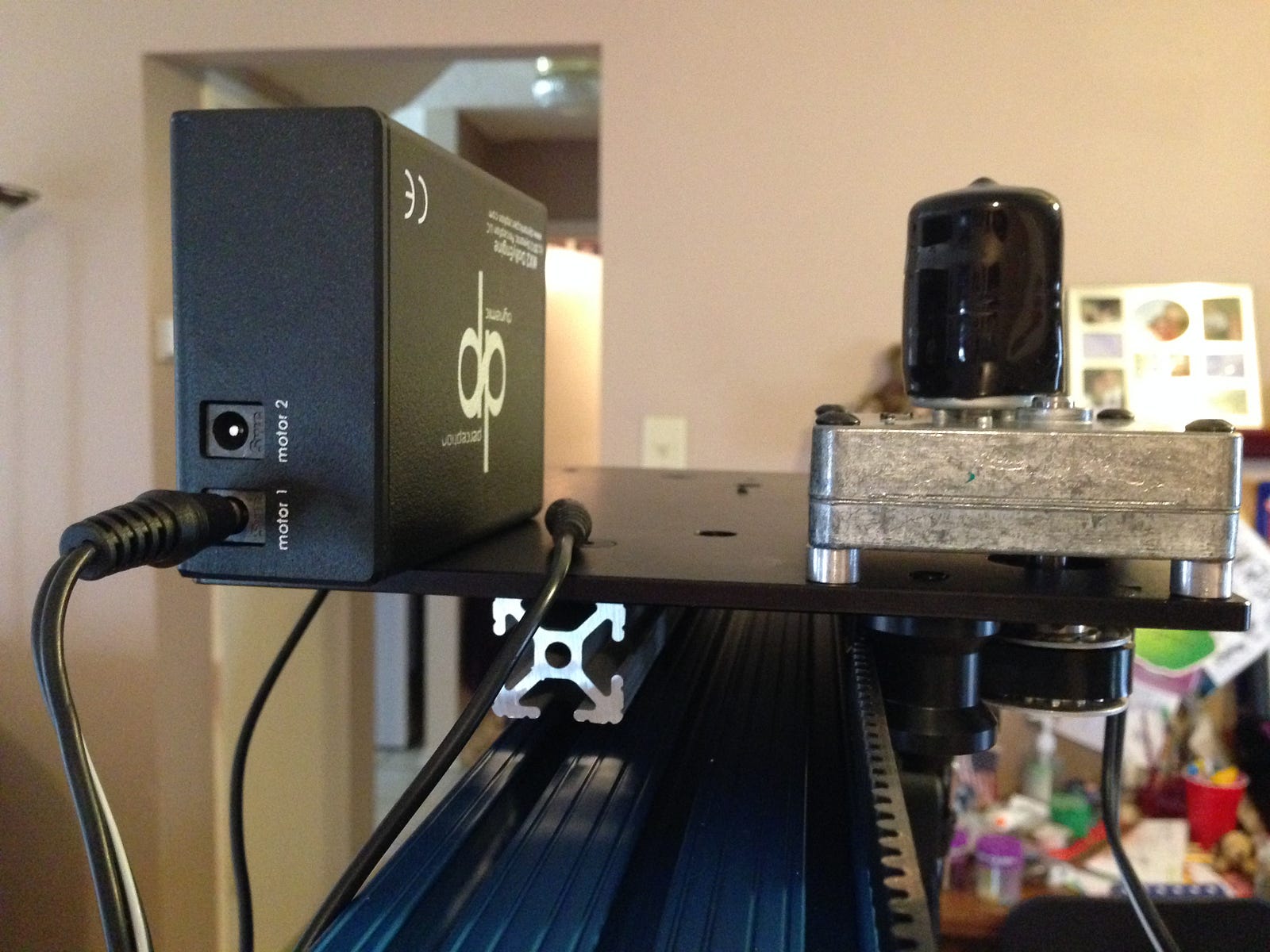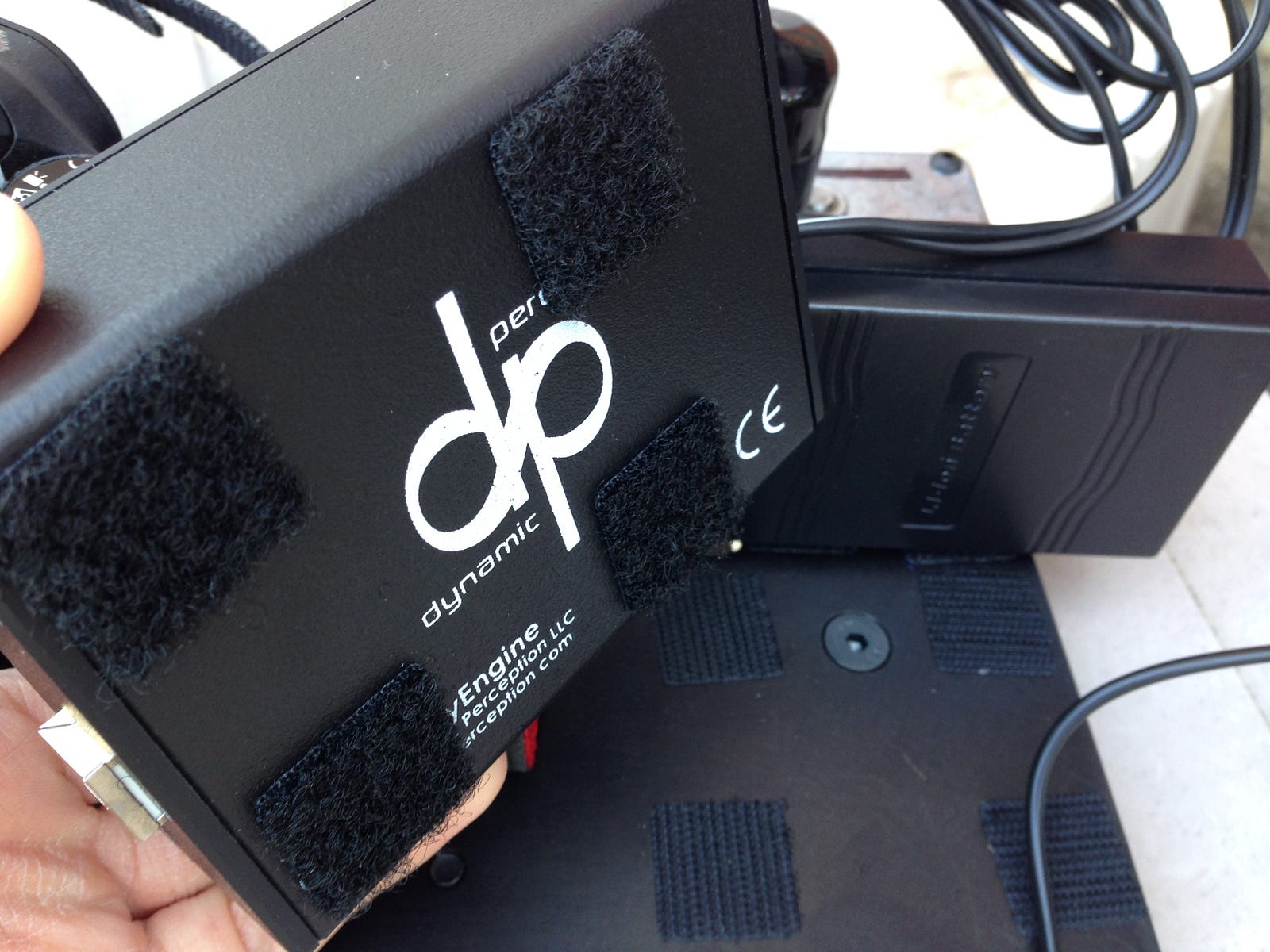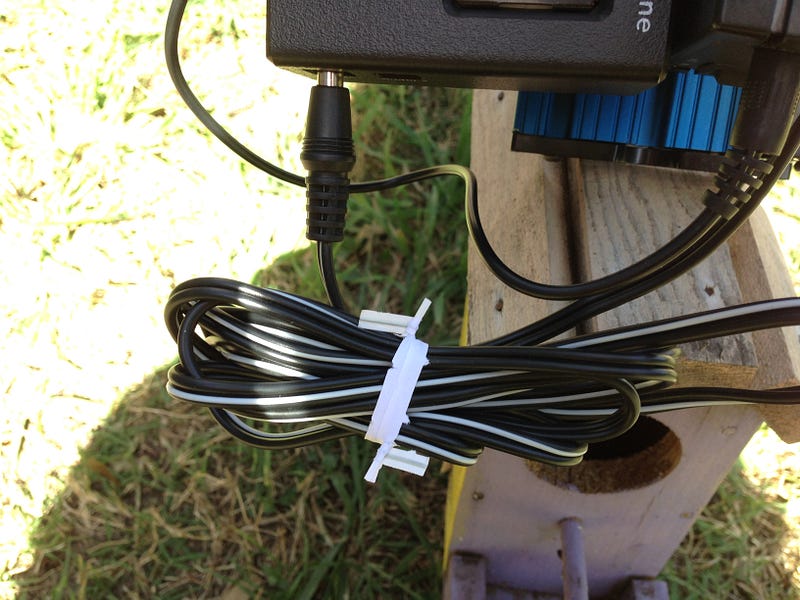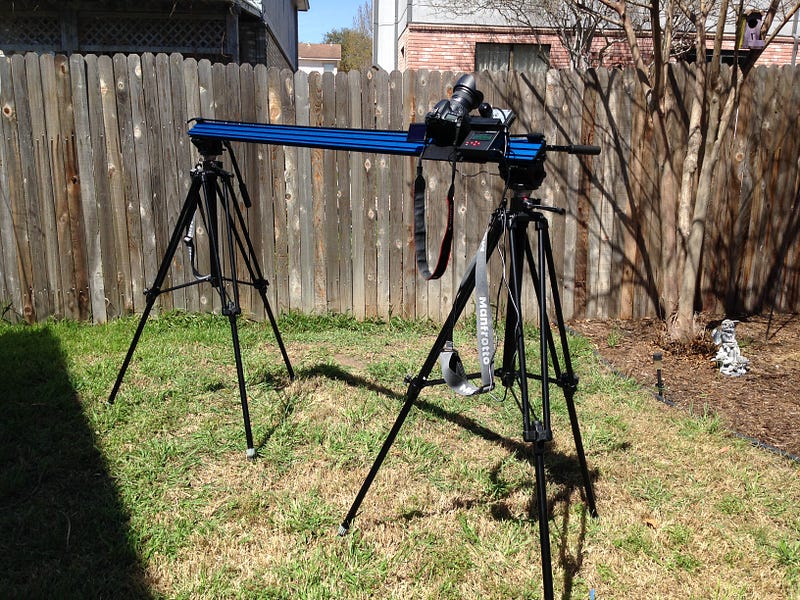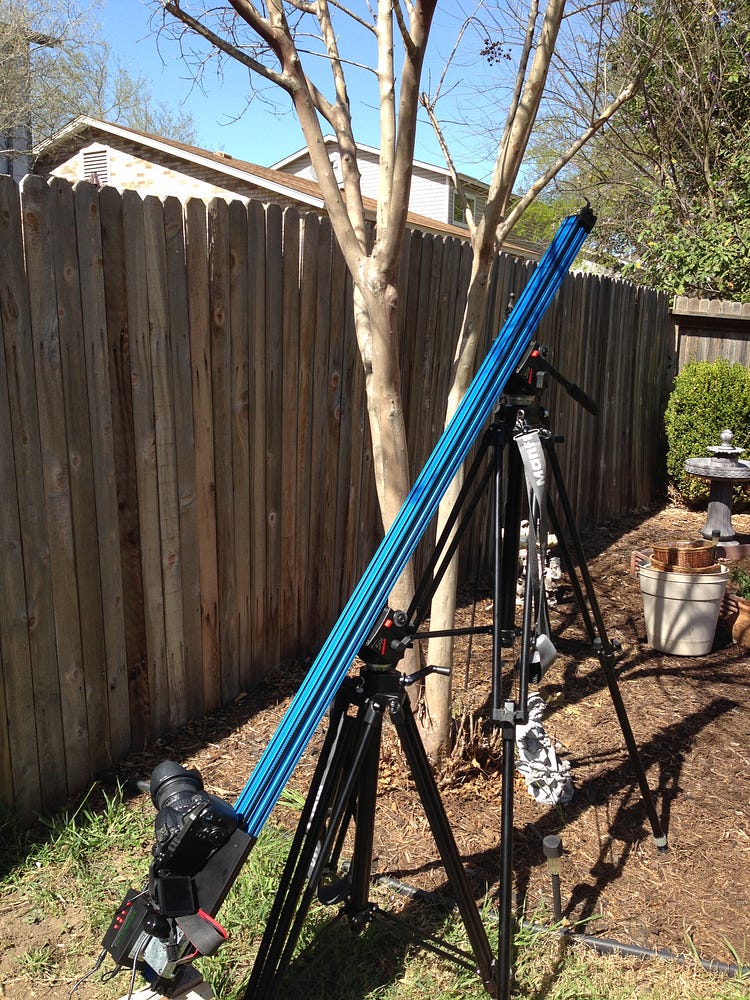As a collective, we like to shine the spotlight on those members who have received outside recognition for their efforts in the realm of media and technology. This last academic year, one of our members, Andrew Valdez, received national attention for his social media campaign for Palo Alto College, one of the Alamo Colleges. Andrew began working for Palo Alto in June 2012 as a Senior Multimedia Specialist. Since his arrival, his contribution to the Alamo Colleges has been noted. His work can be reflected in the renovation of both the Facebook and Twitter accounts of the campus. Prior to his involvement, Palo Alto had multiple pages for each social media outlet, making it confusing for students to get in touch with their campus. Andrew has since empowered both students and employees to continuously engage online. Furthermore, he has successfully opened up a line of communication and continues to keep an ongoing dialogue between the college and its students through the use of social media.
In addition to managing the campus’ Facebook, Instagram, Youtube, Linked In and Twitter accounts, Andrew is also on the planning committee for PACfest, an official Fiesta event hosted by the college. This year’s event improved on the success of a unique and innovative attraction that was suggested and implemented last year by Andrew and his team. His idea was to incorporate the use of social media and blend it into the event, providing real time comments and feedback. The idea was named Social Media Alley, which included large screens on either side of a walkway that projected live status updates about PACfest using the hashtag “#PACfest”. The Alley also offered onlookers a chance to see what their community and classmates were posting on Instagram and Twitter so they can be informed of the best entertainment, games and food during the event. Check out this years event below.
Originally, Andrew thought this campaign would win a certificate and possibly state recognition, however he was later informed that the PACfest Social Media Alley campaign was nominated for one of the best Social Media Campaigns at the 2014 National Council for Marketing & Public Relations Conference. The conference was held in New Orleans and Andrew was in attendance to accept the Paragon Gold Award for Social Media Campaign of 2013, which was top honors in that category beating out several colleges such as Tallahassee Community College and Colorado Mountain College.
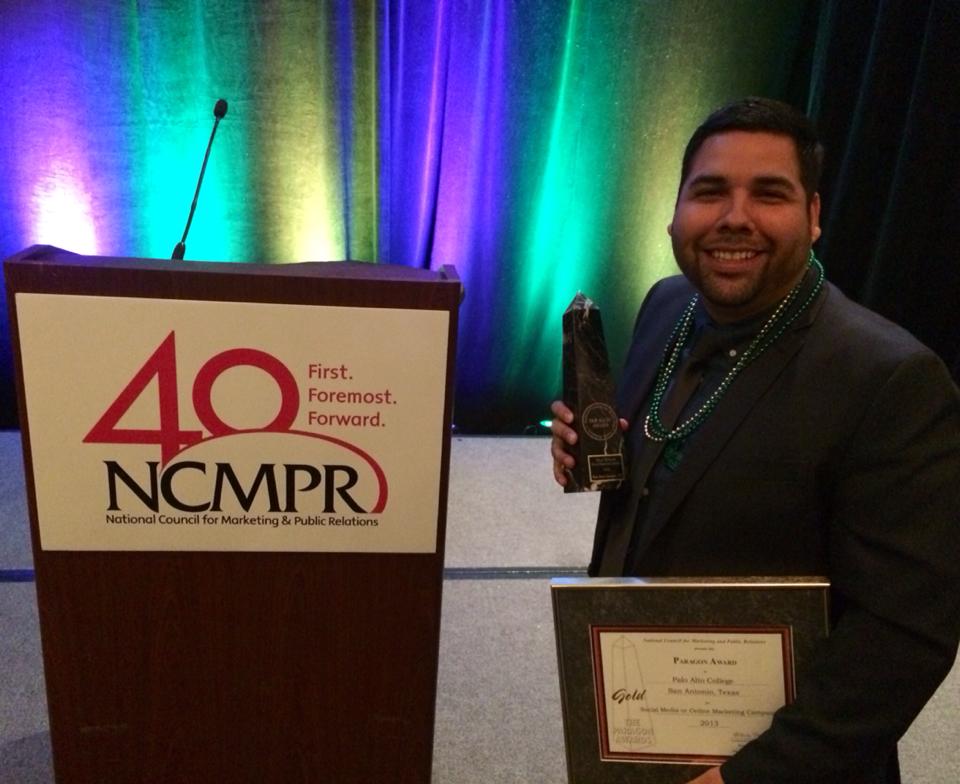
Congratulations Andrew for all your hard work!
